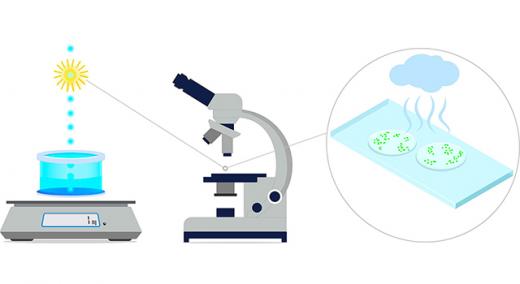Sneezes, rain clouds, and ink-jet printers: They all produce or contain liquid droplets so tiny it would take several billion of them to fill a liter bottle.
|
ADVERTISEMENT |
Measuring the volume, motion, and contents of microscopic droplets is important for studying how airborne viruses spread (including those that cause Covid-19), how clouds reflect sunlight to cool the Earth, how ink-jet printers create finely detailed patterns, and even how a soda bottle fragments into nanoscale plastic particles that pollute the oceans.
By improving the calibration of a conventional optical microscope, researchers at the National Institute of Standards and Technology (NIST) have for the first time measured the volume of individual droplets smaller than 100 trillionths of a liter with an uncertainty of less than 1 percent. That is a tenfold improvement over previous measurements.
…

Add new comment